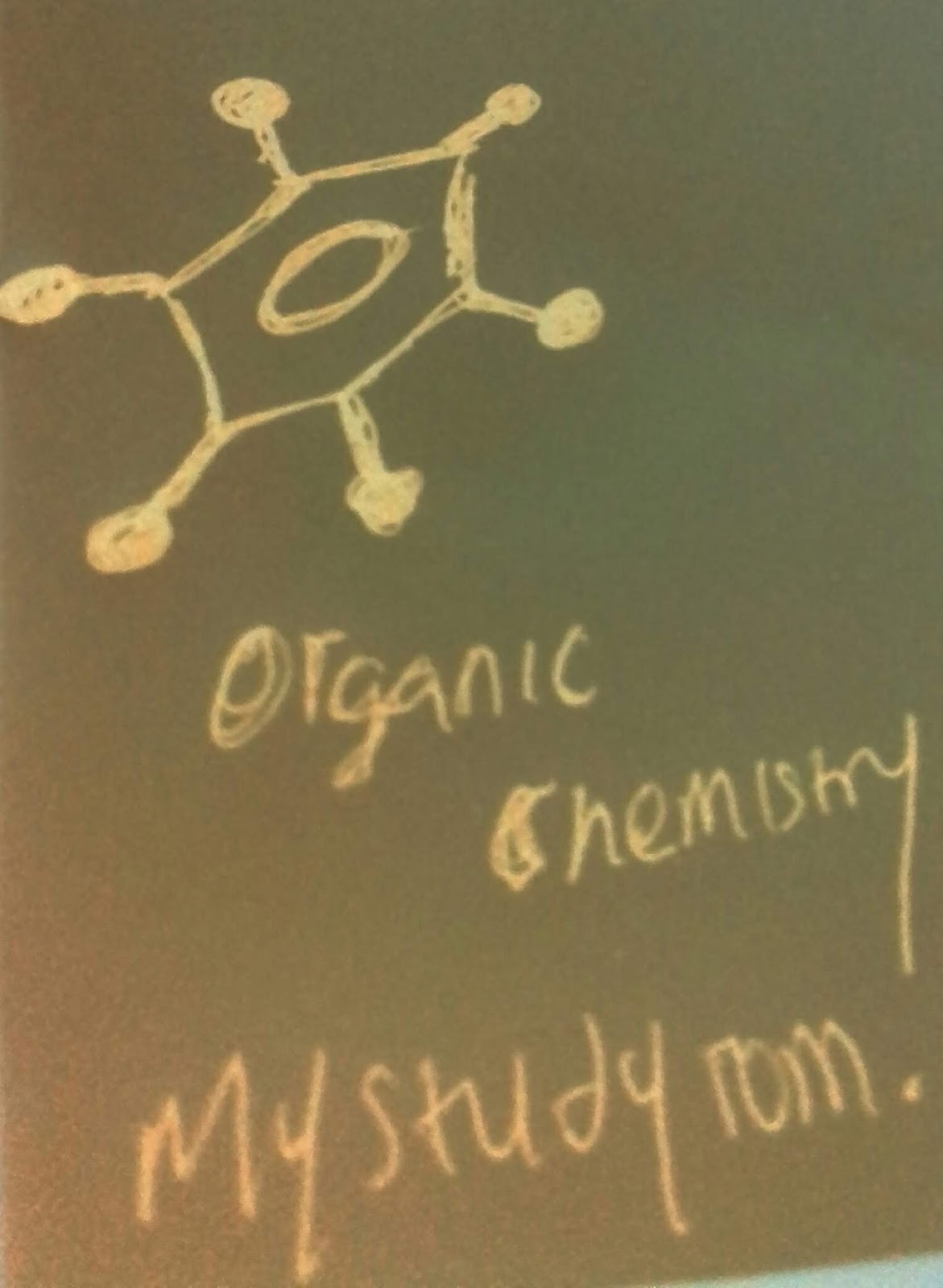Organic chemistry part 3

Hi guys, you're welcome to mystudyrom my name is David. Hope both the first and second part helped you a lot and if you are not getting it or feel confused you can use the comment box below….thanks Today we will be moving to the next part in the organic chemistry so feel relaxed and let's ride on…. Now let's continue from where we stopped in our chemistry. We are going into the alkyne family today. The alkyne family: The alkyne family are unsaturated hydrocarbons with triple bonds attached to one of the carbons present in the compound. The alkene family has a general formula of CnH 2n-2 So now let's check out the list of compounds present in the alkyne family. Starting with Ethyne the first of the family. For the newbies i guess you will be thinking why is it ethyne not methyne? I've explained this in the previous part and I'm still going to explain it again now maybe you can get it now. The alkyne starts with ethyne...
